Can Dogs Eat Cinnamon? Understanding the Risks and Benefits
Cinnamon is a popular spice known for its flavor and aroma, and you might wonder if you can share this tasty treat with your furry friend. While cinnamon has some health benefits for humans, it’s essential to understand how it affects dogs. So, can dogs eat cinnamon? Let’s dive into the details of this spice and what it means for your dog’s health.
Health Benefits of Cinnamon for Dogs
Cinnamon can offer certain health benefits for dogs in moderation. Some of the positive effects include:
- Anti-Inflammatory Properties: Cinnamon can help reduce inflammation in the body. This may be particularly beneficial for dogs with arthritis or other inflammatory conditions.
- Antioxidant Effects: The spice is packed with antioxidants that can help combat oxidative stress and support overall health.
- Blood Sugar Regulation: Some studies suggest that cinnamon may aid in maintaining stable blood sugar levels, which can be beneficial for diabetic dogs.
- Freshens Breath: Dogs can suffer from bad breath, and a small amount of cinnamon might help to freshen it up due to its aromatic properties.
Risks of Feeding Cinnamon to Dogs
While there are potential benefits, there are also risks associated with feeding cinnamon to dogs. It’s crucial to be aware of these before giving your dog any cinnamon. Here are some concerns:
- Quantity Matters: Small amounts of cinnamon are generally safe, but large quantities can be harmful, leading to liver damage or other health issues.
- Cassia Cinnamon Hazard: The most common type of cinnamon found in stores is Cassia cinnamon. This contains higher levels of coumarin, which can be toxic to dogs in large amounts.
- Possible Allergic Reactions: Just like humans, dogs can also have allergies. If it’s their first time consuming cinnamon, watch for signs of an allergic reaction, such as itching or gastrointestinal upset.
- Health Conditions: Dogs with pre-existing health issues, such as liver problems, should avoid cinnamon completely. Always consult your veterinarian in such cases.
How Much Cinnamon Can You Feed Your Dog?
If you decide to give cinnamon to your dog, moderation is key. Generally, a small pinch of cinnamon for larger dogs and an even smaller amount for smaller breeds is appropriate. It’s advisable to start with just a tiny amount and watch how your dog reacts. Here’s a simple breakdown:
| Dog Size | Amount of Cinnamon (Per Day) |
|---|---|
| Small Dogs (under 20 lbs) | 1/8 teaspoon |
| Medium Dogs (20-50 lbs) | 1/4 teaspoon |
| Large Dogs (over 50 lbs) | 1/2 teaspoon |
Remember that these amounts are guidelines. Always consult with your vet before introducing any new foods into your dog’s diet.
Alternative Spices for Dogs
If you are looking for flavorful alternatives to cinnamon that may also be safe for dogs, consider the following:
- Turmeric: Known for its anti-inflammatory properties, turmeric is safe for dogs in moderation.
- Ginger: A small amount of ginger can help soothe a dog’s stomach and is generally safe.
- Parsley: This herb not only adds flavor but can also freshen your dog’s breath.
Each dog is different, and every dog’s digestive system responds differently to various spices and foods. Always consult your veterinarian before adding spices to your dog’s diet.
While cinnamon can be a tasty addition to your dog’s diet in small amounts, it’s crucial to know the risks involved. Monitor your dog closely for any negative reactions, and when in doubt, seek advice from your veterinarian. For more detailed information regarding dog diets, visit the American Kennel Club or the PetMD website.
Alternative Spices Safe for Dogs: What You Should Know
As a dog owner, it’s natural to wonder about the types of spices you can safely share with your furry friend. Fortunately, there are several alternative spices that can add flavor to your dog’s meals without causing them harm. Understanding which spices are safe is crucial for their health and happiness. This guide will explore some dog-friendly spices that can enhance their diet.
Safe Spices for Dogs
Here’s a list of spices that your dog can safely munch on:
- Cinnamon: A small amount of cinnamon can be beneficial due to its anti-inflammatory properties. It may also help regulate blood sugar levels.
- Turmeric: Known for its powerful antioxidant capabilities, turmeric can assist in reducing inflammation and joint pain in dogs.
- Ginger: This spice can help soothe digestive issues in dogs. It’s also great for reducing nausea and can be particularly helpful if your dog experiences motion sickness.
- Parsley: Fresh parsley can be a healthy addition to your dog’s diet. It contains vitamins A, C, and K and is known to promote fresh breath.
- Thyme: This herb is not only safe for dogs but also offers antibacterial properties. Thyme can support your dog’s immune system and overall health.
How to Use Safe Spices
When introducing spices to your dog’s diet, moderation is key. Too much of any spice, even those considered safe, can cause gastrointestinal upset. Here are some tips on how to incorporate these spices:
- Start small: Begin with a pinch of the spice and observe how your dog reacts. Increase the amount gradually if they show no signs of discomfort.
- Mix with food: Add the spices to your dog’s regular food, so they get used to the new flavors.
- Check for allergies: Keep an eye on your dog for any allergic reactions after trying a new spice, such as itching or stomach upset.
Potential Risks of Certain Spices
While many spices can be beneficial, some can be harmful to dogs. Here are examples of spices you should avoid:
- Nutmeg: This spice is toxic to dogs and can cause hallucinations and other serious issues.
- Onion and Garlic: Both can lead to gastrointestinal upset and affect red blood cells, causing anemia.
- Pepper: Though not toxic, it can cause digestive irritation and discomfort in some dogs.
Consult Your Veterinarian
Always consult with your veterinarian before introducing any new spices into your dog’s diet. They can advise you on appropriate amounts and any specific dietary needs your dog may have. For more detailed guidance, you can visit AKC for reliable information tailored for pet owners.
Recipes to Try
Here are a couple of simple recipes you can try that incorporate dog-friendly spices:
- Turmeric Golden Paste: Mix turmeric powder with coconut oil and black pepper (for absorption). Use this paste in your dog’s food for added health benefits.
- Ginger Carrot Treats: Combine pureed carrots, ginger, and whole wheat flour to make tasty homemade dog treats.
Understanding which spices are safe for your dog can enhance their meals and offer health benefits. Always prioritize moderation and keep an eye on how your pet reacts to any new addition to their diet. For more detailed insights into pet nutrition and safe cooking practices, check out PetMD for expert advice.
With these alternatives in mind, you can confidently spice up your dog’s diet while ensuring their safety. Enjoy sharing the flavors of life with your furry friend!
Signs of Cinnamon Toxicity in Dogs: What to Watch For
While cinnamon is a common spice enjoyed by many humans, pet owners often wonder about its effects on dogs. Cinnamon toxicity in dogs is a rare but possible concern, and it’s important to know the signs and symptoms. Understanding what to watch for can help ensure your furry friend stays safe and healthy.
First, let’s explore how dogs may react to cinnamon and its byproducts. Cinnamon contains a compound called coumarin, which can be toxic to dogs in large amounts. When dogs consume too much cinnamon, symptoms can manifest quickly, and recognizing these indicators is crucial for timely intervention.
Common Signs of Cinnamon Toxicity
- Vomiting: This is often one of the first signs you might notice if your dog has ingested cinnamon. If your dog vomits, look for additional symptoms to understand the severity of the situation.
- Diarrhea: Cinnamon can upset your dog’s stomach, leading to diarrhea. If your dog shows this sign along with others, immediate attention is advisable.
- Increased Heart Rate: Cinnamon ingestion can stimulate a faster heart rate. If you notice your dog is unusually restless or breathing heavily, monitor their heart rate closely.
- Low Blood Sugar: Cinnamon can cause fluctuations in blood sugar levels. Signs of low blood sugar may include weakness, confusion, or lethargy.
- Skin Irritation or Allergic Reactions: Some dogs may develop skin irritations or allergic reactions upon exposure to cinnamon, leading to symptoms such as swelling or itching.
Less Common Symptoms
Beyond the most common signs, there are several less common symptoms that may indicate cinnamon toxicity:
- Seizures
- Behavioral changes
- Liver damage (in severe cases)
If you notice even mild symptoms, it’s best to contact your veterinarian. They can help assess the severity and determine whether your dog requires immediate medical treatment.
What to Do If You Suspect Cinnamon Toxicity
If you suspect your dog has ingested cinnamon, follow these steps:
- Assess the Situation: Determine how much cinnamon your dog might have eaten and if they are showing any symptoms.
- Contact Your Veterinarian: Provide as much information as possible about your dog, the amount of cinnamon consumed, and any symptoms exhibited.
- Follow Their Instructions: Your vet may recommend bringing your dog in for examination or trying a few remedies at home. Follow their guidance carefully.
Prevention is Key
The best way to manage cinnamon toxicity is through prevention. It’s crucial to keep all forms of cinnamon—whether in stick, powder, or oil form—out of your dog’s reach. Educate your family members about the dangers of cinnamon and refrain from giving your dog treats that contain this spice.
Additionally, if you enjoy baking with cinnamon, ensure your furry friend does not have access to any cinnamon-infused foods. Always read labels carefully, as some store-bought treats may contain cinnamon or other spices that could be harmful.
Consulting With Professionals
Consider discussing safe, dog-friendly spices with your veterinarian or pet nutritionist. They can suggest alternatives that can add flavor to your dog’s food without putting their health at risk.
For further insights regarding the health impacts of cinnamon on dogs, you can refer to resources from American Kennel Club or WebMD Pets.
Staying informed can make a significant difference in keeping your dog safe. Always keep an eye on your furry friend’s diet and habits to ensure a long and healthy life together.
Incorporating Healthy Treats: Cinnamon-Free Ideas for Your Dog
If you’re looking for healthy treats to share with your furry friend, there are plenty of tasty and safe options that don’t include cinnamon. While it’s essential to choose treats wisely, encouraging good habits can also be a treat for your pup. Here are some excellent cinnamon-free ideas that will keep your dog happy and feeling great.
Fruits and Vegetables
Fruits and vegetables are natural and nutritious options for dog treats. Some good choices include:
- Carrots: Crunchy and sweet, carrots are great for dental health.
- Blueberries: These tiny berries are packed with antioxidants.
- Apple Slices: Be sure to remove the seeds before giving them to your dog!
- Green Beans: Low in calories and high in fiber, they’re a great crunchy snack.
- Sweet Potatoes: Cooked and mashed, they make a delicious homemade treat.
Homemade Dog Treat Recipes
Making treats at home is a rewarding way to give your pup something special. Here are two easy cinnamon-free recipes:
Pumpkin Peanut Butter Cookies
Combine these simple ingredients for a delicious treat:
- 1 cup of pumpkin puree
- 2 cups of whole wheat flour
- 1/2 cup of peanut butter (unsweetened and xylitol-free)
Mix all ingredients, roll out the dough, and cut them into fun shapes. Bake at 350°F (175°C) for 20-25 minutes.
Banana and Oat Treats
This quick recipe will make a delightful snack:
- 1 banana, mashed
- 1 cup of rolled oats
- 1/4 cup of water (if needed)
Mix the banana and oats together. If the mixture is too dry, add a little water. Form small balls and flatten them on a baking sheet. Bake at 350°F (175°C) for about 15-20 minutes.
Commercial Dog Treats
If you’re not up for baking, many pet stores offer healthy, cinnamon-free options. Check the labels for treats that focus on protein and natural ingredients. Some brands to look out for include:
These retailers often have a range of options made from organic ingredients, which can be both tasty and beneficial for your dog’s health.
Safe Foods from Your Kitchen
Many common foods can also make exciting treats for your dog:
- Plain Cooked Chicken: Lean protein is always a favorite!
- Eggs: Cooked eggs are a nutritious snack, packed with protein.
- Fish: Salmon and sardines (in water) are great sources of Omega-3 fatty acids.
Things to Avoid
While it’s essential to find healthy treats, it’s equally crucial to avoid certain ingredients. Here are some to steer clear of:
- Chocolate
- Grapes and raisins
- Onions and garlic
- Nuts (especially macadamia)
Always check with your veterinarian if you’re unsure whether something is safe for your dog.
Final Thoughts
Healthy treats into your dog’s diet can be fun and rewarding. Remember to offer treats in moderation and pay attention to how your dog responds to new foods. With all these cinnamon-free ideas, your canine companion will enjoy tasty and nourishing options without any risk to their health.
Expert Opinions on Feeding Dogs Human Foods: A Comprehensive Guide
Feeding dogs human foods can be a topic of debate among pet owners and veterinarians alike. While some foods are perfectly safe and beneficial for dogs, others can pose significant health risks. It is essential to consider both the benefits and the potential dangers when deciding what human foods are appropriate for canine companions.
Many dog owners are curious about which human foods they can safely share with their pets. Below, you’ll find a list of human foods that are generally safe for dogs:
- Fruits: Apples, bananas, blueberries, and watermelon (without seeds) are all safe and can offer vitamins and hydration.
- Vegetables: Carrots, green beans, peas, and sweet potatoes can be a healthy addition to your dog’s diet.
- Proteins: Cooked chicken, turkey, and fish are excellent protein sources, as long as they are boneless and skinless.
- Grains: Plain cooked rice and oatmeal can be great for dogs, especially when they have an upset stomach.
While the above human foods can be good for dogs, it is crucial to be mindful of portion sizes and frequency. Items like peanut butter, while safe in moderation, can lead to weight gain if overfed. Always consult with your veterinarian before making significant changes to your dog’s diet.
On the other hand, certain human foods should always be avoided as they can be toxic or harmful to dogs. These include:
- Chocolate: Contains theobromine, which is highly toxic to dogs.
- Grapes and raisins: Can cause kidney failure in dogs.
- Onions and garlic: Can damage dogs’ red blood cells, leading to anemia.
- Xylitol: A common artificial sweetener that can cause insulin release, resulting in hypoglycemia and potential liver failure.
It’s essential to understand your dog’s particular dietary needs. Factors such as age, breed, size, and health condition all play a vital role in determining what foods are suitable. For example, puppies need specific nutrients to aid their growth, while older dogs may require specialized diets due to health issues. Your veterinarian can provide tailored advice based on your pet’s specific requirements.
Additionally, it’s essential to prepare human food carefully for your furry friend. Follow these guidelines:
- Avoid seasoning: Many seasonings can be harmful to dogs, so it’s best to serve foods plain.
- Cook thoroughly: Always cook meats and grains to eliminate harmful bacteria.
- Chop into small pieces: This prevents choking hazards, especially for smaller breeds.
Many pet owners find great joy in giving their dogs a taste of what they eat themselves. However, moderation is key. You might want to incorporate human food into your dog’s diet slowly and observe how they respond to new foods. Some dogs may have sensitivities or allergies, making it essential to monitor for any adverse reactions.
To stay well-informed about dog nutrition and safe human foods, you can consult these reliable sources:
Always follow your veterinarian’s guidance and remember that every dog is unique. By carefully selecting human foods, you can enhance your dog’s diet while keeping their health in check. With this knowledge, you can enjoy sharing mealtime with your furry friend while ensuring their diet remains balanced and nutritious.
Conclusion
When considering whether your dog can eat cinnamon, it’s essential to weigh both the potential benefits and risks. While small amounts of cinnamon are generally safe for dogs, excessive intake can lead to health issues. Being proactive means understanding the alternatives; various spices can safely enhance your dog’s meals or treats without risk. Always keep an eye out for symptoms of cinnamon toxicity, such as vomiting or unusual behavior, and consult your veterinarian if you suspect your furry friend has consumed too much.
Healthy, cinnamon-free treats into your dog’s diet can provide them with nourishment and enjoyment. There are numerous options available, including fruits and specially formulated dog treats that not only taste great but are also beneficial for their health.
Understanding expert advice on feeding your dog human foods is crucial. Most experts recommend caution, focusing on safe, dog-friendly options. Always prioritize your dog’s health by sticking to treats designed specifically for their dietary needs.
Ultimately, your dog’s well-being is the priority. A balanced, nutritious diet tailored to their specific needs will keep them happy and healthy. When in doubt, reach out to your vet to ensure the foods you offer are safe and appropriate. The more informed you are, the better choices you’ll make for your beloved pet. By treating your dog with care and knowledge, you can create a wonderful feeding experience regardless of the spices or flavors you choose to use.


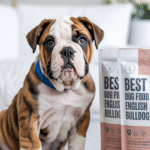
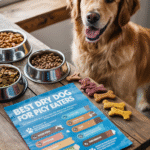
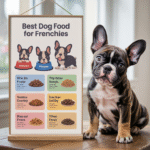
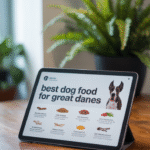
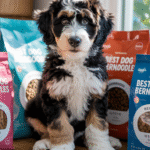
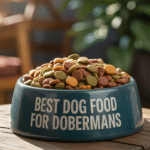
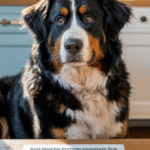
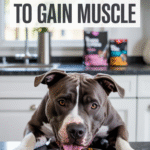
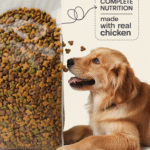
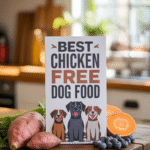

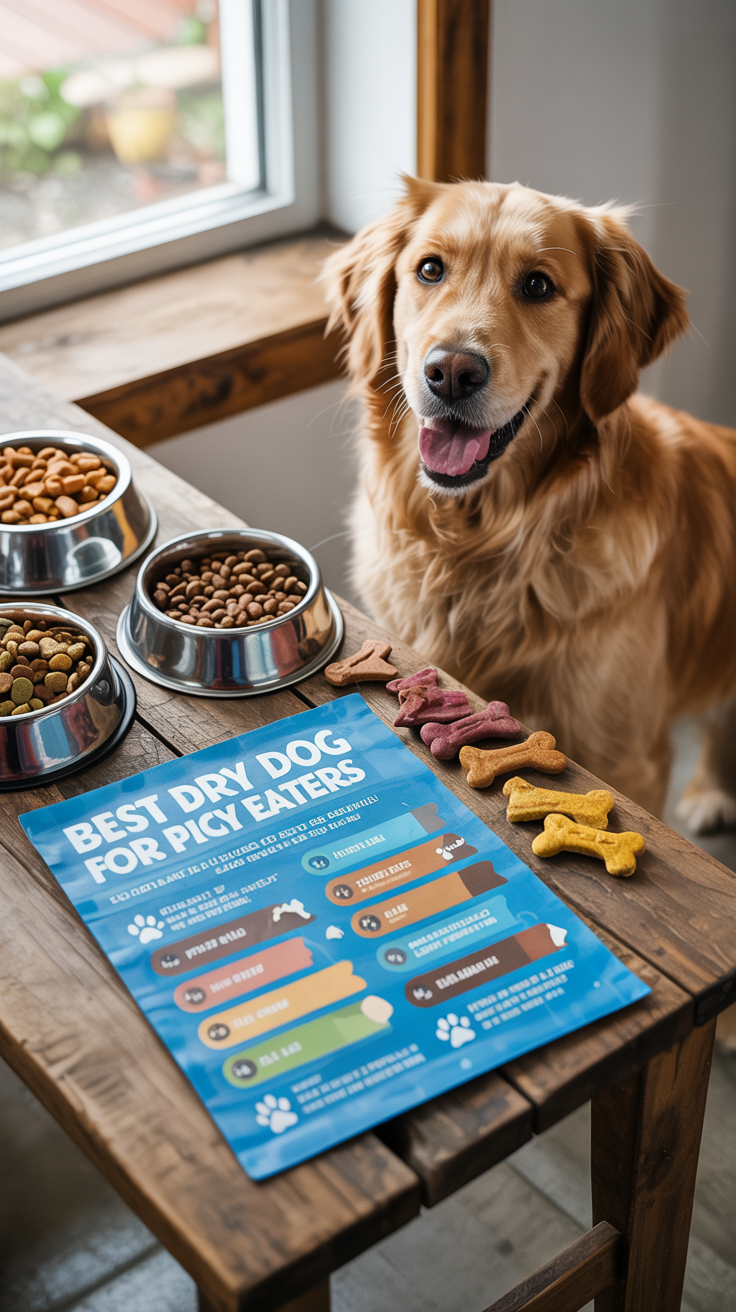
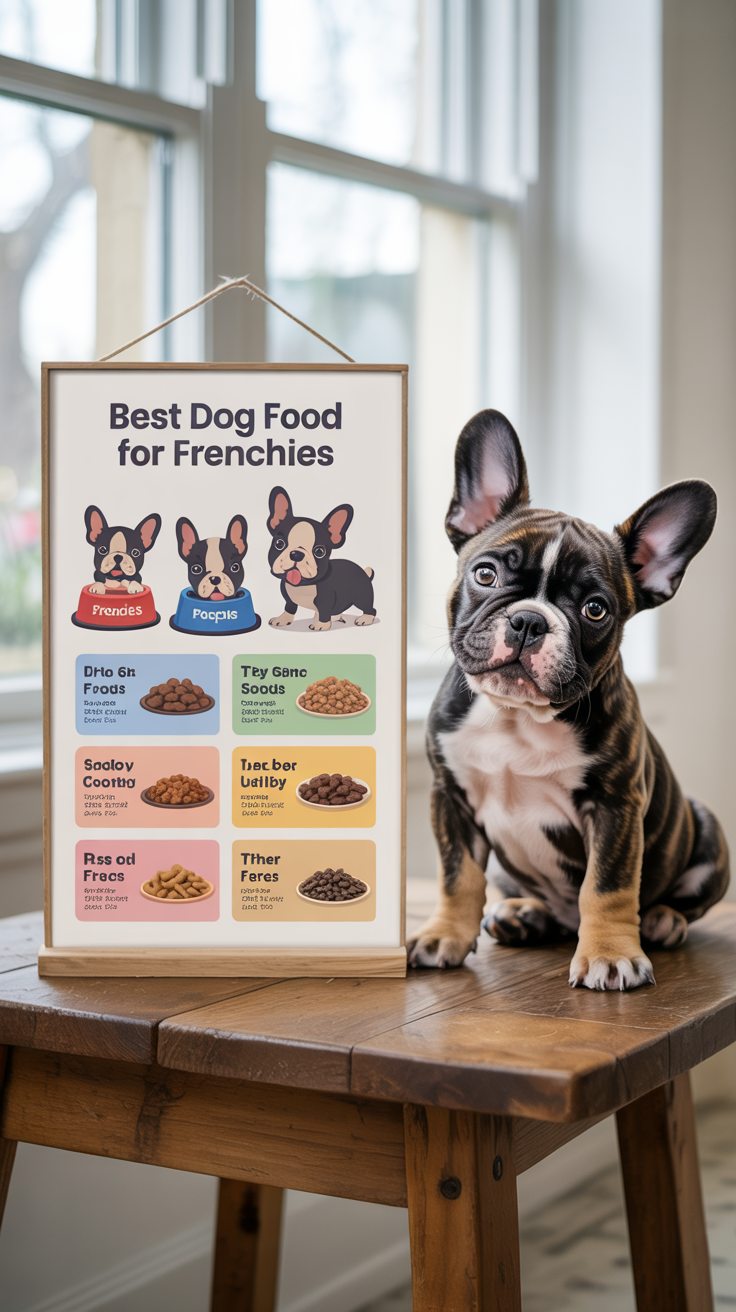
Leave a Reply